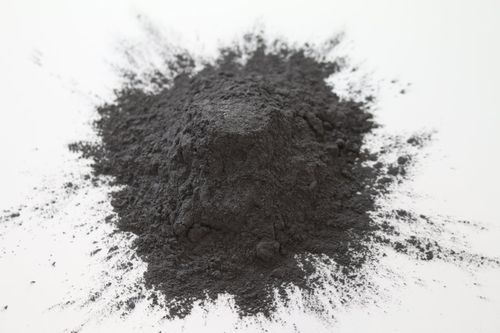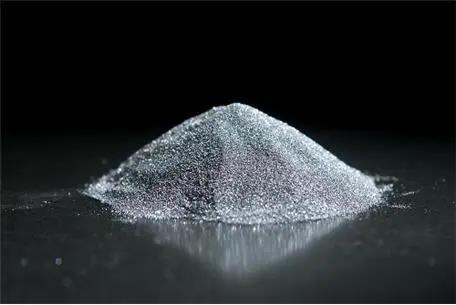**Boron’s Electric Secret: What Charge Does This Mighty Element Carry?**
(What Would The Charge Be On An Ion Of Boron (B)?)
Boron might not grab headlines like gold or oxygen, but this tiny element packs a punch. Found in everything from phone screens to sports gear, it’s a quiet hero of the periodic table. But here’s the twist: when boron decides to become an ion, things get spicy. Let’s crack the code on its electric personality.
First off, atoms turn into ions by gaining or losing electrons. This electron shuffle gives them a positive or negative charge. The goal? To mimic the electron setup of the nearest noble gas—those chill elements like neon or helium that don’t react with anyone. For most elements, this means losing or gaining electrons until they hit that magic number.
Boron sits in group 13 of the periodic table. Its atomic number is 5, meaning it has 5 protons and, when neutral, 5 electrons. These electrons live in two energy levels: 2 in the first, 3 in the second. Here’s the catch: the second shell wants 8 electrons to feel complete. Boron’s got only 3 there, which is like showing up to a party with half a pizza. Awkward.
So, how does boron fix this? It has two choices: grab 5 electrons to fill the shell or ditch the 3 it has. Grabbing 5 electrons is a big ask—it’s easier to lose than gain. Imagine trying to borrow $500 instead of spending $3. Boron goes with the simpler route. By shedding its 3 outer electrons, it trims down to just 2 electrons in the first shell. Now it matches helium’s setup, the ultimate noble gas flex.
Losing electrons makes an ion positive. Each lost electron adds a +1 charge. Since boron drops 3, its charge becomes +3. That’s why you’ll see boron ions written as B³⁺. No drama, no fancy tricks—just a straightforward swap for stability.
But wait, why doesn’t boron just gain electrons like its buddy nitrogen? Nitrogen, in group 15, needs 3 more electrons to hit the magic 8. It’s easier for nitrogen to grab 3 than for boron to grab 5. Boron’s position in group 13 makes losing electrons the smarter play. It’s all about location, location, location on the periodic table.
You might wonder: do all group 13 elements act this way? Yep. Aluminum, right below boron, also forms a +3 charge. But boron’s smaller size and higher ionization energy make it a bit stubborn. It doesn’t give up electrons as easily as aluminum, which is why pure boron is rare in nature. It prefers hanging out in compounds like borax or boric acid, where it can share electrons instead of fully ditching them.
Speaking of real life, boron’s +3 charge isn’t just textbook trivia. It’s crucial in ceramics, glass, and even nuclear reactors. Boron ions help control reactions, trap neutrons, and keep things stable. Next time you use a heat-resistant dish or check your phone, thank boron’s ionic hustle.
(What Would The Charge Be On An Ion Of Boron (B)?)
So there you have it. Boron’s quest for stability turns it into a triply positive ion. No flashy explosions or neon lights—just a quiet, reliable shift to keep the atomic world in balance. Whether in labs or everyday gadgets, boron’s +3 charge proves even the smallest elements can have a big impact.
Inquiry us
if you want to want to know more, please feel free to contact us. (nanotrun@yahoo.com)




